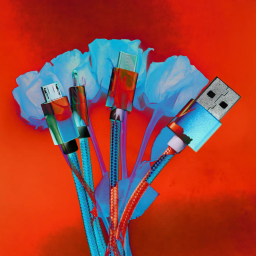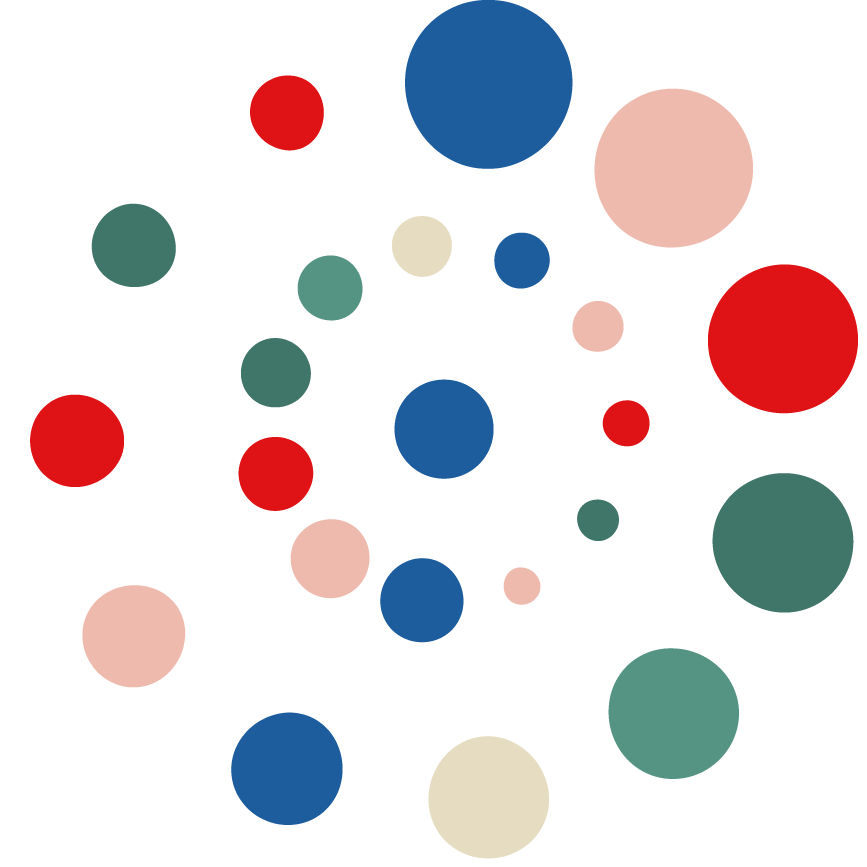Building a collaborative society with Fifth Order AI
Weeknotes 361 - A design debate discussing the usual edges, triggered thoughts on the next AI society. And lots of other news from last week captured.

Dear reader!
Welcome to the new subscribers. This newsletter is sent every Tuesday morning (unless delayed), and consists of a reflection on last weeks news with a “triggered thought” and captures of the news within topics human-AI-things collaborations and the impact on our society. To put it short. I also share my personal endeavors and plans.
Let me know if you have any thoughts by replying to this email or via hi@iskandersmit.nl.
Week 361: Building a collaborative society with Fifth Order AI
Last week was almost completely taken up by Dutch Design Week trips. For specific events on Monday, Tuesday, Wednesday, and Saturday, and ‘free’ browsing on Friday. Thursday, I was happy to be invited by Leonieke to a special breakfast session at the CineKid festival dedicated to the MediaLab. A great experience, with some of the nicest games and many immersive and interactive experiments. It inspired me even to revive an earlier idea for a Wijkbot installation. Let’s see how that works out.
Monday was dedicated to the Network of Applied Design Research session. We discussed the new publication articles, one of which I am a co-author (written by Tomasz). You can already download the current version. In the evening, there was a dinner-book presentation for the ESC (Expert Network Systemic Co-design) book on collabs, and the official presentation of last year’s NADR book (soon to be released via the publisher). In that book, I was a co-author of an article by Guido Stompff on the fifth order of design (see triggered thought).
Tuesday was dedicated to the Design & AI Symposium. I presented on the current Cities of Things research agenda (find the slides here). There were solid presentations by Gida Pistilli on INTIMA and AI Companionship, Jelle Stienstra on AI paradoxes, the work of CleverFranke, Vera van der Burg's nice project “AI as a material, disentangled in different stages that designers can engage with”, and an important new initiative, JEDAI on re-claiming technology, presented by Francesca Tosca. AI materials were also a theme in Kevin Andersen's closing keynote. Design as a discipline for new ways of thinking, doing, and being.
Wednesday was CLICKNL-day, the design innovation session on Digital Futures with a sharp provocation by Wouter Nieuwenhuizen (”Banning social media is a lack of political imagination”), an interview with Thijs Turèl on the new Digital Autonomy Competence Center, and Marcel Schouwenaar and Sindy Sumter on the SpaceTeens project, promoting for a KEM Young (key enabling methodologies. In the afternoon, I joined a guided tour of the exhibition, and the day ended with a presentation on the state of the creative industries.
I was wondering what the emerging themes were. Embodiment of digital, social, and queer angles, it depends on which exhibition you visit and in what combination. Manifestations and Other Intelligences might be the most inspiring, at the Klokgebouw, you get a good vibe of the year. Here is someone defining five themes:

In other news, we updated the TH/NGS 2025 website and are still accepted proposals for sessions and the exhibition (including student work). We already have some very nice sessions and speakers planned; more on that, probably next week.
This week’s triggered thought
On the Saturday of Dutch Design Week, I attended a design debate at the Next Nature Museum connected to Mieke Gerritsen’s new book. While parts of the discussion felt somewhat conventional in their approach to design, the final debate between Marleen Stikker from Waag Society and Koert van Mensvoort from Next Nature triggered some thoughts.
The conversation centered not on whether AI itself is problematic, but rather on who controls its development. Of course, in Silicon Valley's dominance —or, more generally, in corporate or governmental control—there is disproportionate control over these technologies in increasingly authoritarian times.
What I found missing in the broader conversation was a way to reframe our relationship with AI and technology. AI is a mirror reflecting what we value as humans, rather than merely a tool or threat. This perspective connects to the research on civic economies and protocol economies—where technology serves as infrastructure for community-oriented systems.
The debate highlighted two contrasting visions. One views AI as extending human capabilities through a form of partnership, while the current dominant implementation follows a solutionist approach with "intelligence washing" that replaces human energy without necessarily improving outcomes.
What if we designed AI to support our collective goals instead? To create vibrant platforms for new developments and services that account for externalities and serve broader societal needs? Various cooperative movements are attempting this, though they struggle to gain traction against established systems.
Interestingly, I'm writing this just before the Dutch elections, where we're seeing subtle shifts in the political landscape. After years dominated by neoliberal market fundamentalism, several parties are recalibrating toward community values. Whether from social democratic traditions, Christian democratic values, or even liberal democratic parties, there's growing recognition of bottom-up approaches to society and economy. This could provide fertile ground for reimagining our technological future—though we needn't wait for political permission.
This connects to what Marzia Mortati describes as the "fifth order of design"—and Guido Stompff described in the earlier-mentioned article in the upcoming NADR publication- moving beyond human-centered design to create systems in which more-than-human actors participate meaningfully. Rather than Koert's vision of a frictionless world where everything responds to human needs, what if we built a world where objects and AI hold certain responsibilities in creating better environments—not by taking control, but by mirroring our behavior and helping us align with our deeper values? Friction is allowed. Needed even!
Projects like Text-to-Clay by Vera van der Burg, which explore emotions through AI-mediated conversations with objects, point toward this potential integration. As agentic AI becomes more prevalent, we face a critical choice: will it amplify the extractive logic of Big Tech, or can we develop systems where AI becomes part of a continuous living world, designed in concert with both humans and non-human actors?
The question isn't whether AI should be human-centered, but whether we can move toward a design that centers on nature and society as interconnected systems. This shift may represent our best path forward in navigating the complex relationships between technology, humanity, and the broader world we inhabit.
Notions from last week’s news
Human-AI partnerships
The new Atlas browser by OpenAI made people think about the role and reason. Is it closing the web even further?
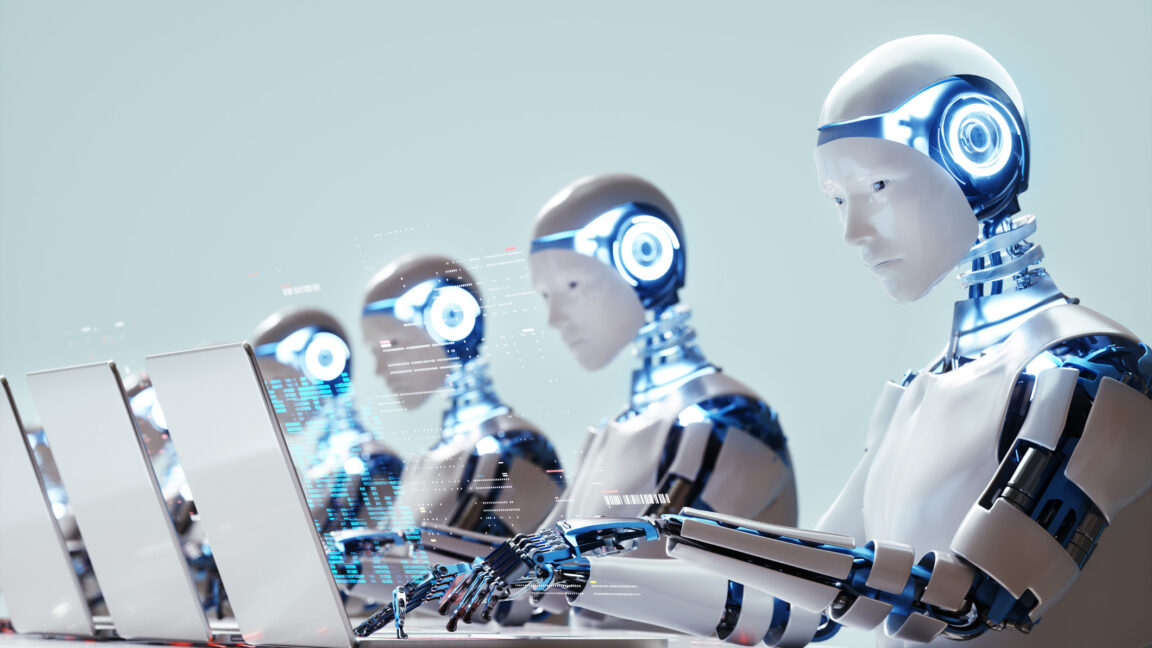


Who is the better writer? Or what?

Keep an eye on Co-pilot.


Fundamental questions

Be wary; language is not the same as cognition

Robotic performances
This feels a bit predictable.

Makes sense. And not. Ok to test, but feels a bit like marketing only.
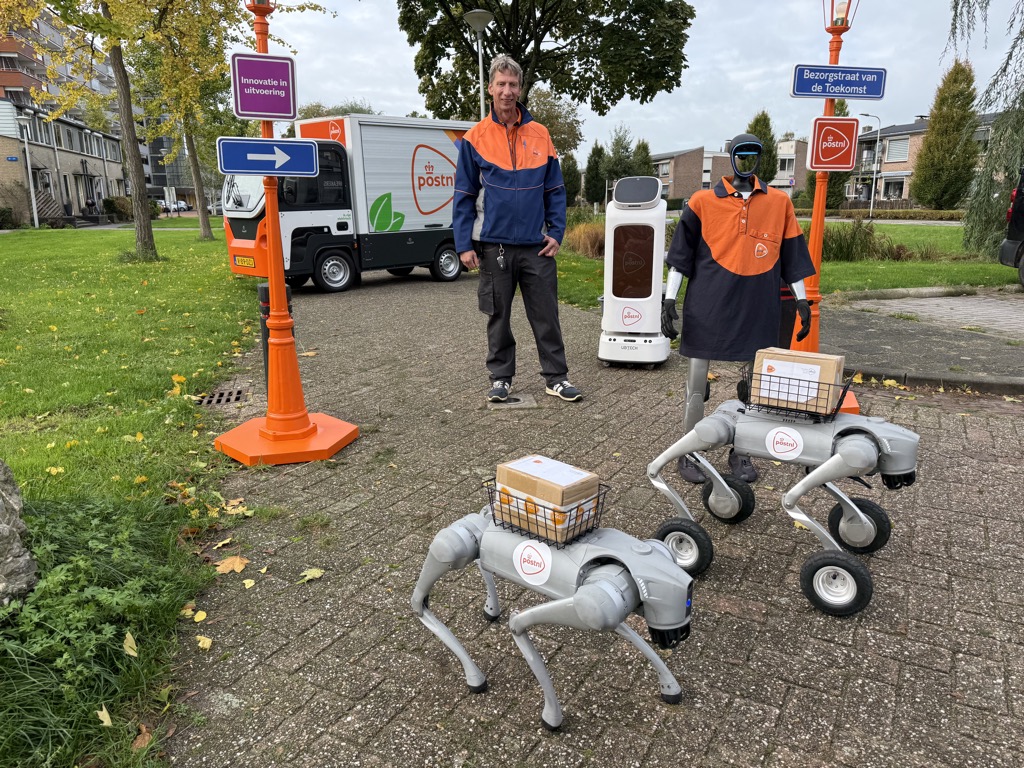
The moving targets of a humanoid.
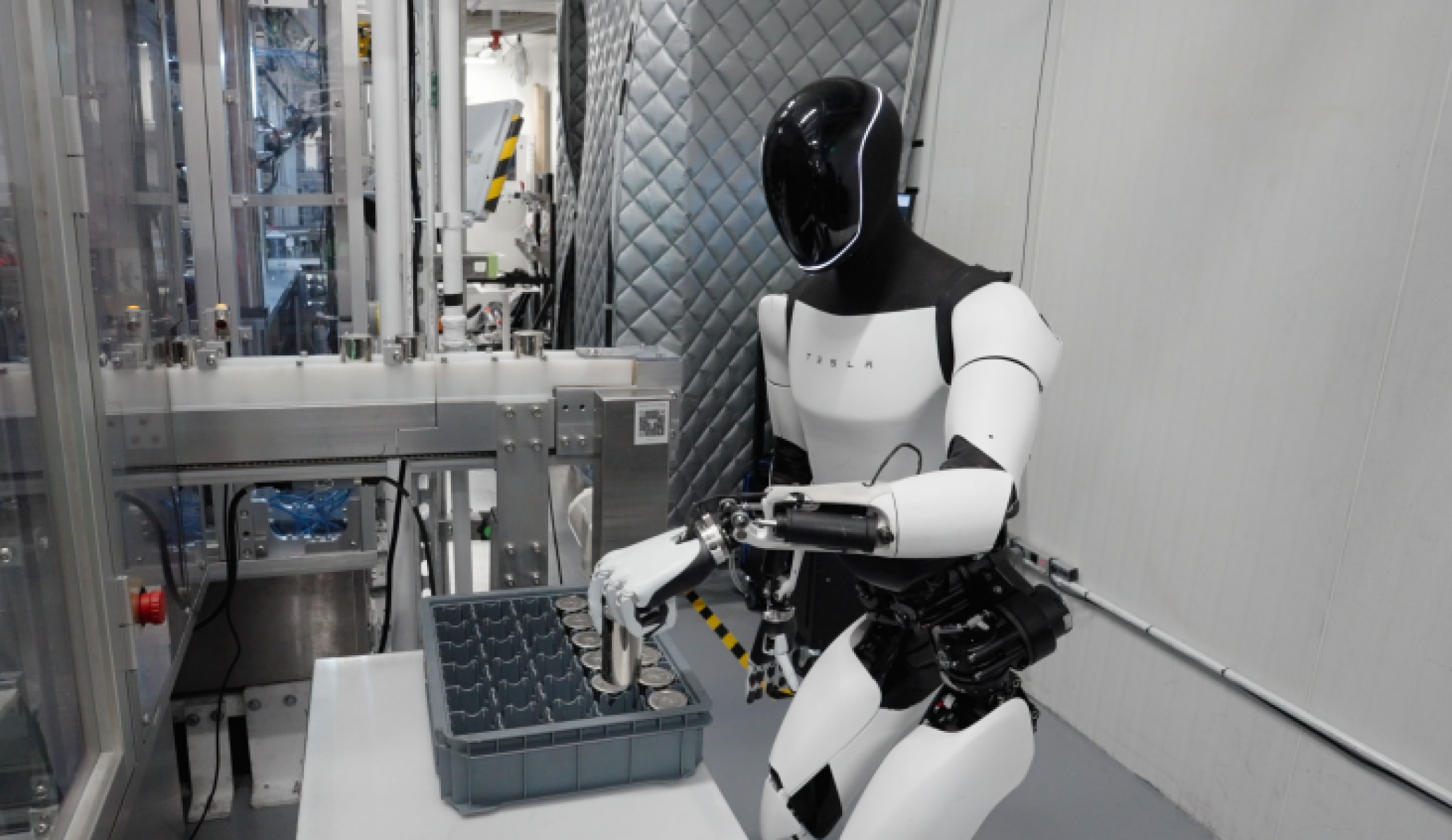
In the meantime, new labor is created with robots in different ways.
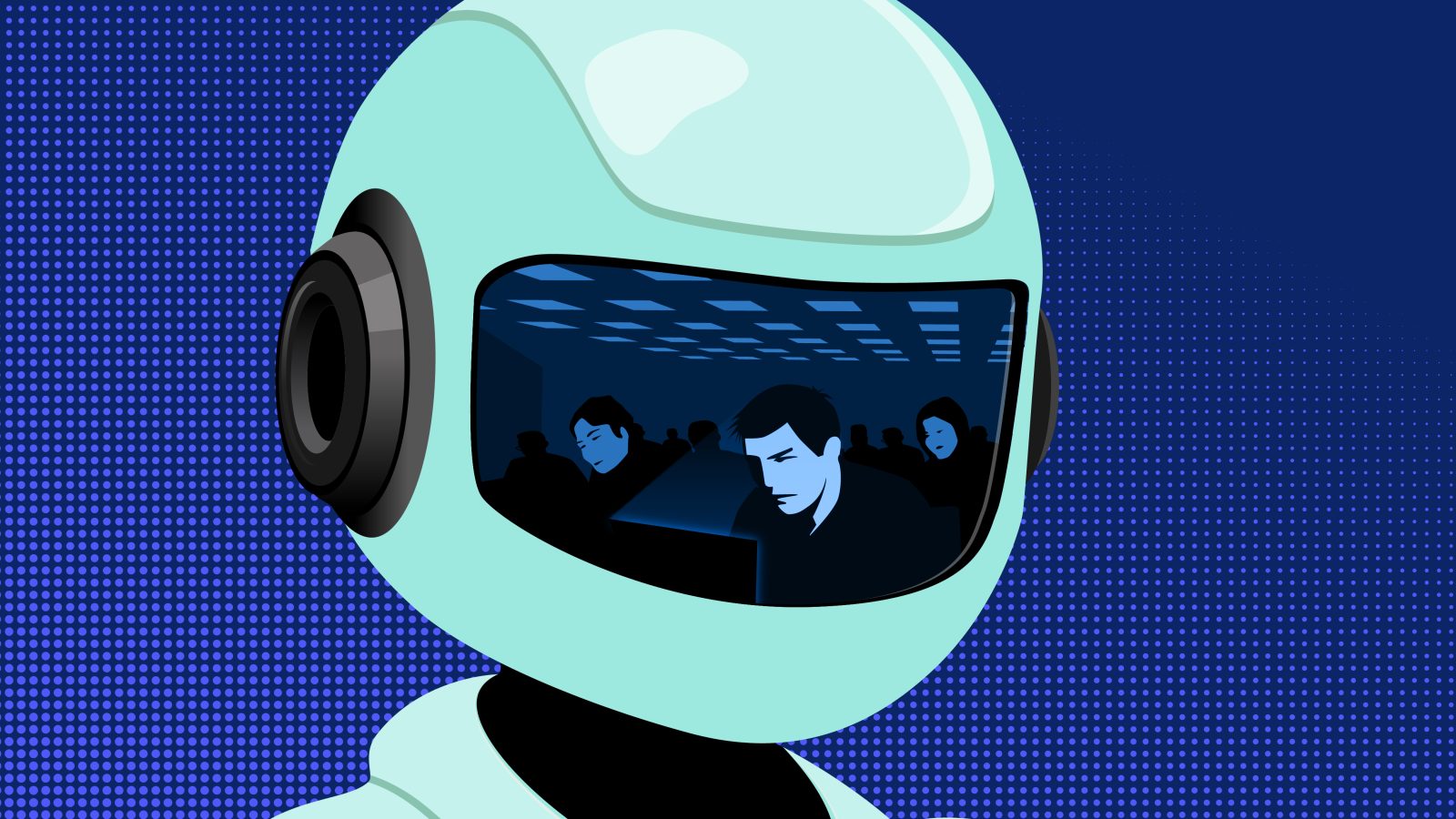
A new iteration for a waving humanoid.

Interesting take

Immersive connectedness
Another bricked product.
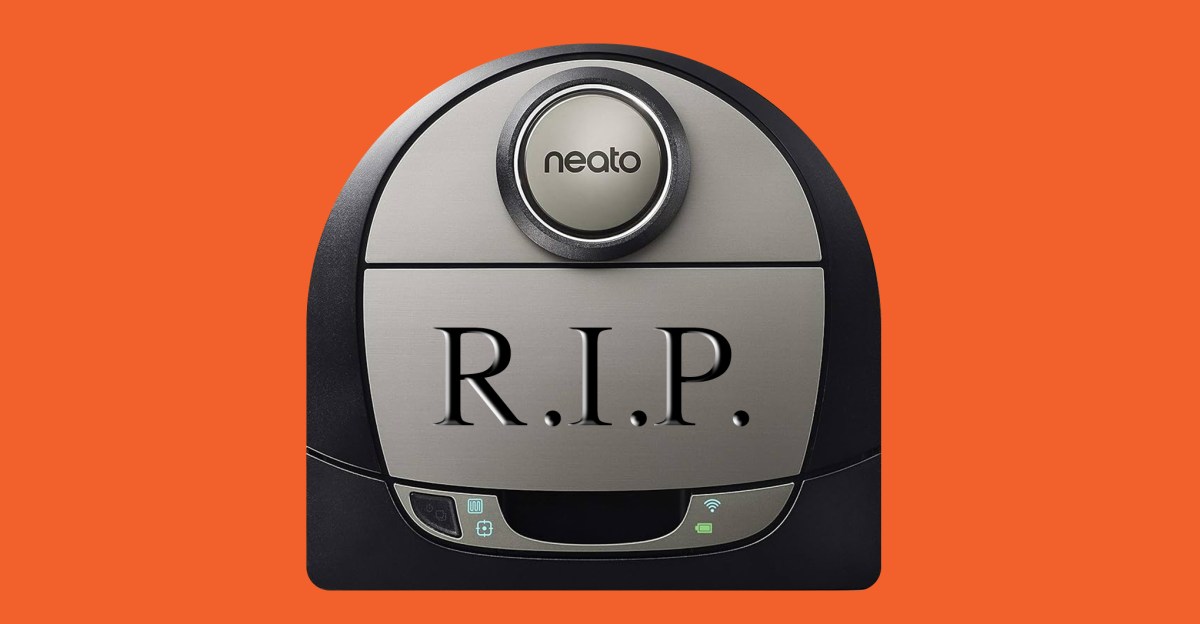
And one that is a candidate

That phone is that Swiss army knife. Symbolic.

Tech societies
Context engineering and the role of design

A new pause, superintelligence.

Or a burst.
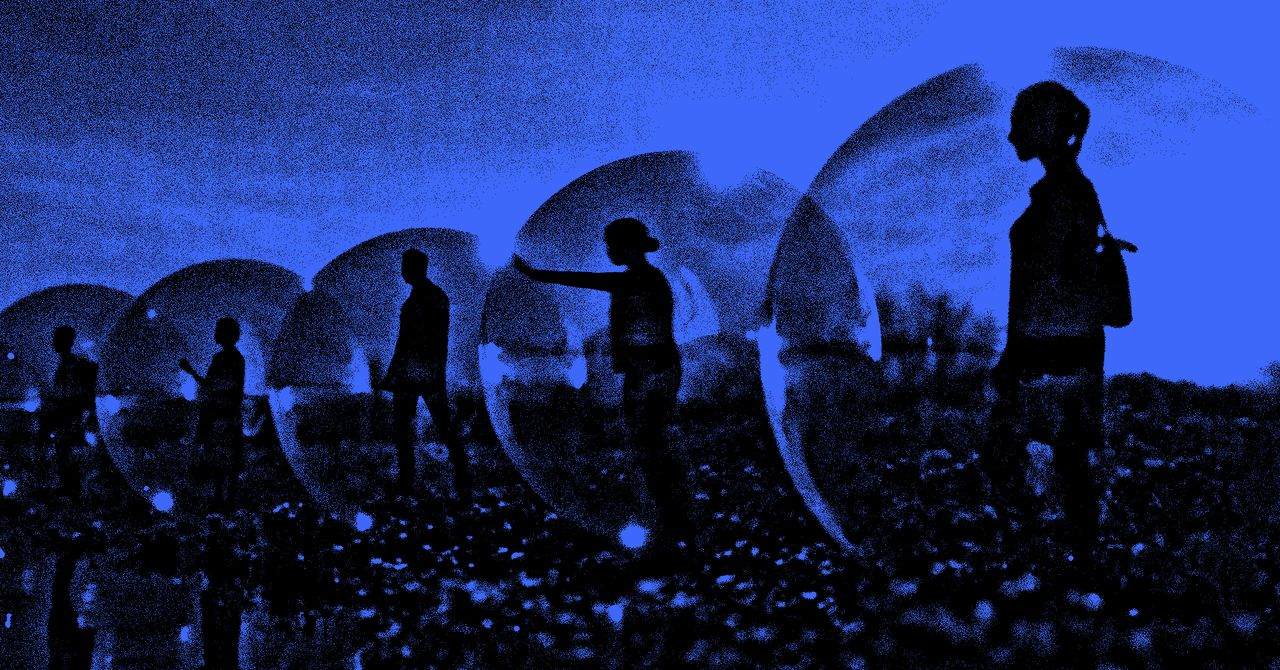

Dependencies or future paths of merging?

That might be more of a scenario than an army of dogs.

Feels almost that even in architecture and built environment the AI hype has landed. But it is more about the domain of study.

A doomy perspective.
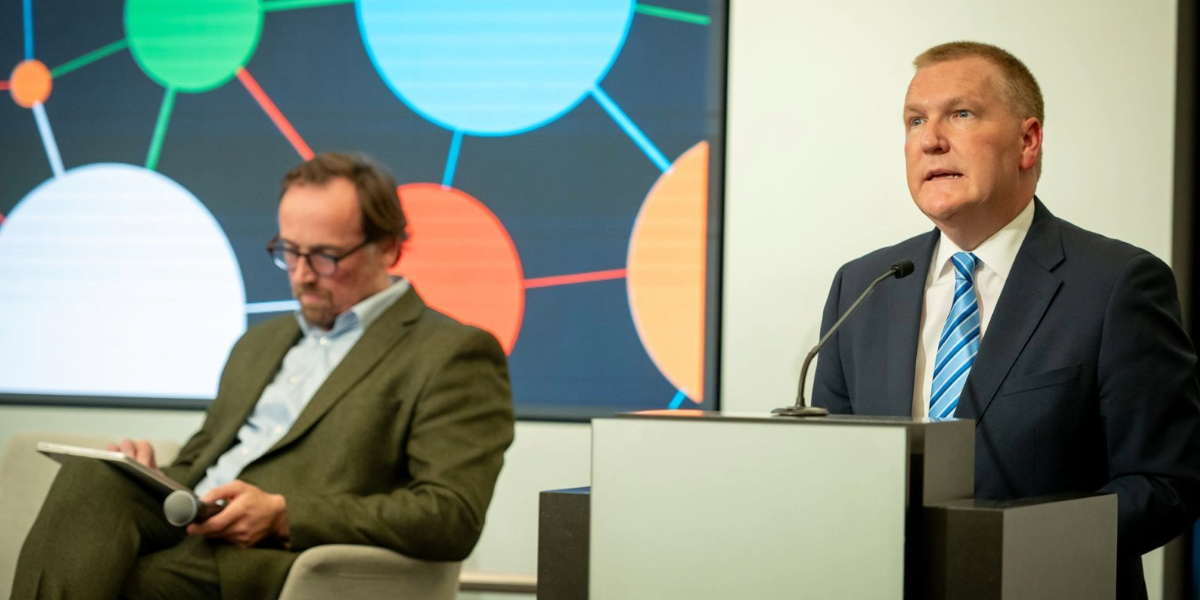
The saga continues.

Quantum vs supercomputers


Interesting to check

Weekly paper to check
Are cooperatives more virtuous than corporations?
The best explanation for their success is that they provide superior benefits to their members. The question addressed by this paper is whether cooperatives also provide important benefits to society, such that non-members should prefer a cooperative economy to one dominated by business corporations.
Heath, J. (2025). Are cooperatives more virtuous than corporations? Politics, Philosophy & Economics, 0(0). https://doi.org/10.1177/1470594X251387579
What’s up for the coming week?
Next week, the look back on the week will not be that long; this week is dedicated to fleshing out the research program for Cities of Things, making connections to other possible collaborations. I will visit the inaugural speech of Pascal Wiggers as Professor Responsible IT (aka AI).
And not to forget, we have our own ThingsCon Salon on “maintaining good intentions in the smart city” on Wednesday.
A quick look in the calendar, I see some events that I probably will miss, though interesting: Amsterdam: Designing for Complex Change, Creative Mornings RTM, and probably lots more.
Have a great week!
About me
I'm an independent researcher through co-design, curator, and “critical creative”, working on human-AI-things relationships. You can contact me if you'd like to unravel the impact and opportunities through research, co-design, speculative workshops, curate communities, and more.
Currently working on: Cities of Things, ThingsCon, Civic Protocol Economies.








